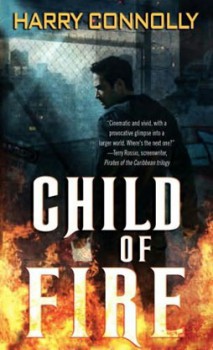I’ve Been Podcasted!
 Wow! I just listened to the wonderfully done podcast version of “The Taste of Starlight” at www.lightspeedmagazine.com
Wow! I just listened to the wonderfully done podcast version of “The Taste of Starlight” at www.lightspeedmagazine.com
This is the first time I’ve had a short story of mine read aloud and podcasted. It’s one of the coolest things about LIGHTSPEED–they do podcast readings every month. And let me tell you, Kristoffer Tabori does an AMAZING job of bringing this story of Dr. Pelops and his dilemma to life.
This guy has a voice you could listen to for hours. However, the story podcast is only 64 minutes long. WARNING: Do not eat anything while listening to the story, and if you don’t have a strong stomach, skip it altogether.
Tabori’s voice brings all the gravity of an OUTER LIMITS announcer to the story, and his lively, chilling tones are worthy of an Edgar Allan Poe tale. I feel that the story has been elevated to a whole new level by Tabori’s bravura performance.
Even if you’ve read the story, I recommend paying another visit to LIGHTSPEED and listening to it through Tabori’s immense talent.
Here’s the direct link to the podcast.
Fantastic!
John R. Fultz
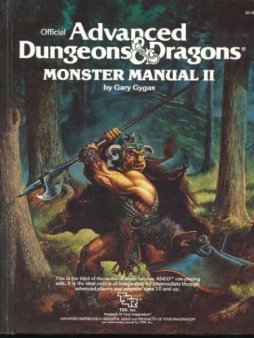
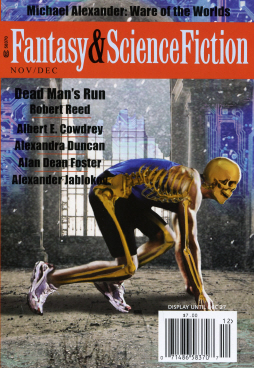
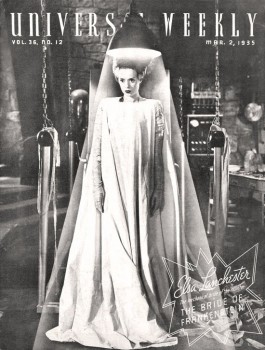 Two weeks ago I
Two weeks ago I 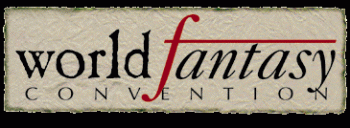
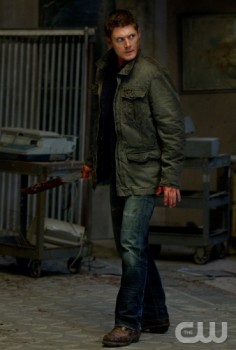 The episode opens with a young man (Robert), dressed all in black and wearing too much product in his hair, romances a girl (Kristen) in a bar. He is enigmatic and tentative, recoiling at the sight of blood from a papercut. “We can’t be together,” he says. “You think you know me, but you don’t. I’ve done bad things. You should run. Now.”
The episode opens with a young man (Robert), dressed all in black and wearing too much product in his hair, romances a girl (Kristen) in a bar. He is enigmatic and tentative, recoiling at the sight of blood from a papercut. “We can’t be together,” he says. “You think you know me, but you don’t. I’ve done bad things. You should run. Now.”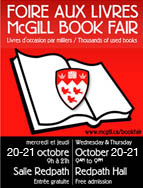 The McGill book fair is the largest English-language used book sale in Montreal. It’s been held for decades, every October, on the second Wednesday and Thursday after Thanksgiving (which in Canada is on the second Monday in October). Every year an eclectic mix of thousands of books are sold, helping to raise money for scholarships.
The McGill book fair is the largest English-language used book sale in Montreal. It’s been held for decades, every October, on the second Wednesday and Thursday after Thanksgiving (which in Canada is on the second Monday in October). Every year an eclectic mix of thousands of books are sold, helping to raise money for scholarships. 
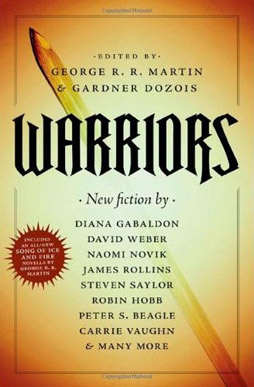 Warriors, edited by George RR Martin & Gardner Dozois
Warriors, edited by George RR Martin & Gardner Dozois